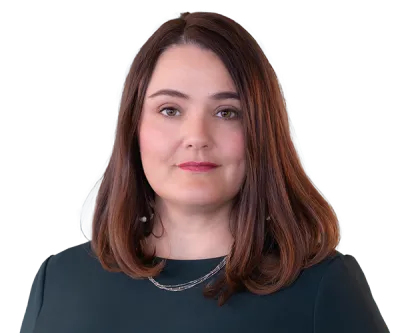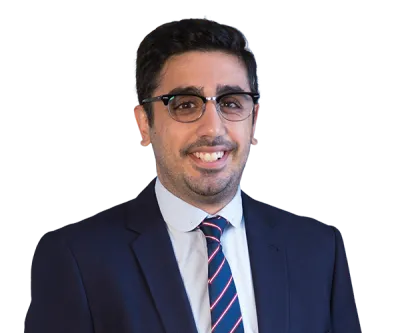Pension funds: hedging longevity risk
Surging defined benefit pension scheme (DB Scheme) surpluses are fuelling record bulk annuity deals and £20bn in expected longevity swaps this year. Guernsey's proven infrastructure and track record make it a key hub for these complex transactions.
Bulk Annuities Market
Hire Government Bond Yields have led to increases in the funding levels in many UK DB Schemes. Now they are in surplus, many DB Schemes are considering a bulk annuity transaction or "buy-in". As a result, the bulk annuity market is booming. According to a new forecast reported by Mary McDougall and Lee Harris in the Financial Times, UK businesses are expected to offload a record £70bn of pension obligations to insurers this year. Pension Consultants WTW also predict £20bn of longevity swaps during 2024. Guernsey has played a prominent role in this area over the last 12 years and is well placed to benefit from the current "flurry of deal making".
Longevity swaps
The 20+ longevity swaps transacted in Guernsey to date follow a similar structure. The pension scheme establishes a Guernsey-licensed special purpose vehicle insurance company (SPV).
The SPV insures the longevity exposure of the DB Scheme to its members, and then reinsures those liabilities with a reinsurer. The SPV does not retain any net risk.
Each of the counterparties in the transaction is exposed to the credit risk of each of the others. If the reinsurer becomes insolvent, claims due to the incorporated cell may not be paid and in turn the incorporated cell will be unable to pay the DB scheme. This risk is particularly important because of the long duration of the transaction. It can be decades before the DB Scheme's liabilities are completely run off. To protect against this, longevity transactions invariably include extensive security and collateral arrangements.
Incorporated cells
Incorporated cells have been used in all longevity transactions structured through Guernsey to date.
An incorporated cell is a company with its own memorandum and articles of incorporation, its own registration number and its own board of directors. Each incorporated cell is associated with a specific incorporated cell company. One of the directors of each incorporated cell must also be a director of the incorporated cell company. In addition, the registered office of the incorporated cell must be the same as that of the incorporated cell company, and the incorporated cell company is responsible for various administrative acts of each of its incorporated cells.
Board meetings are held in Guernsey and the majority of directors are Guernsey residents in order to ensure that the mind, management and control of the incorporated cell remains at all times in Guernsey.
ICC facilities
Several Guernsey insurance managers have established their own incorporated cell companies to facilitate longevity risk transfer transactions for their clients.
These managers can offer pension funds an incorporated cell in a ready-made incorporated cell company. These incorporated cell companies often include numerous incorporated cells owned by different pension funds, each of which is established to operate a single longevity risk transfer transaction. This structure can be cost-effective for pension trustees who are contemplating one-off or smaller transactions; and who therefore do not wish to establish their own incorporated cell company.
Recent transactions
Guernsey has an extensive track record in hosting longevity risk transfer transactions. Beginning with the BT Pension Scheme in 2014, as set out below.
- BT (2014) - £16 billion;
- Merchant Navy Officers (2015) - £1.5 billion;
- British Airways (2017) - £1.6 billion;
- Marsh & McLennan - £3.4 billion;
- EU Industrial Conglomerate (2018) - £2.3 billion;
- Willis (2020) - £1 billion;
- Financial services firm A (2020) - in excess of £2 billion;
- Financial services firm B (2020) - in excess of £2 billion;
- International Industrial (2021) – in excess of £3 billion;
- Financial services firm (2021) – in excess of £3 billion;
- Financial services firm (2022) – in excess of £3 billion;
- Communication services firm (2023) – in excess of £5 billion;
- Marsh & McLennan (2023) - £2 billion;
- Merchant Navy Ratings (2024) – £450 million;
- Communication services firm (2024) – TBA billion
Future developments
Given this pedigree and its strong foundations as an international insurance centre, it is perhaps not surprising that Guernsey's first funded reinsurance transaction was completed in 2024. Funded reinsurance is a form of collateralised quota share reinsurance contract which transfers part, or all of the asset and liability risks associated with a portfolio of annuities from the bulk annuity provider to a third party. Guernsey's heritage as a jurisdiction for licensed insurers is prudent yet proportional regulation, and its proximity to the UK makes it an ideal location for such transactions.






